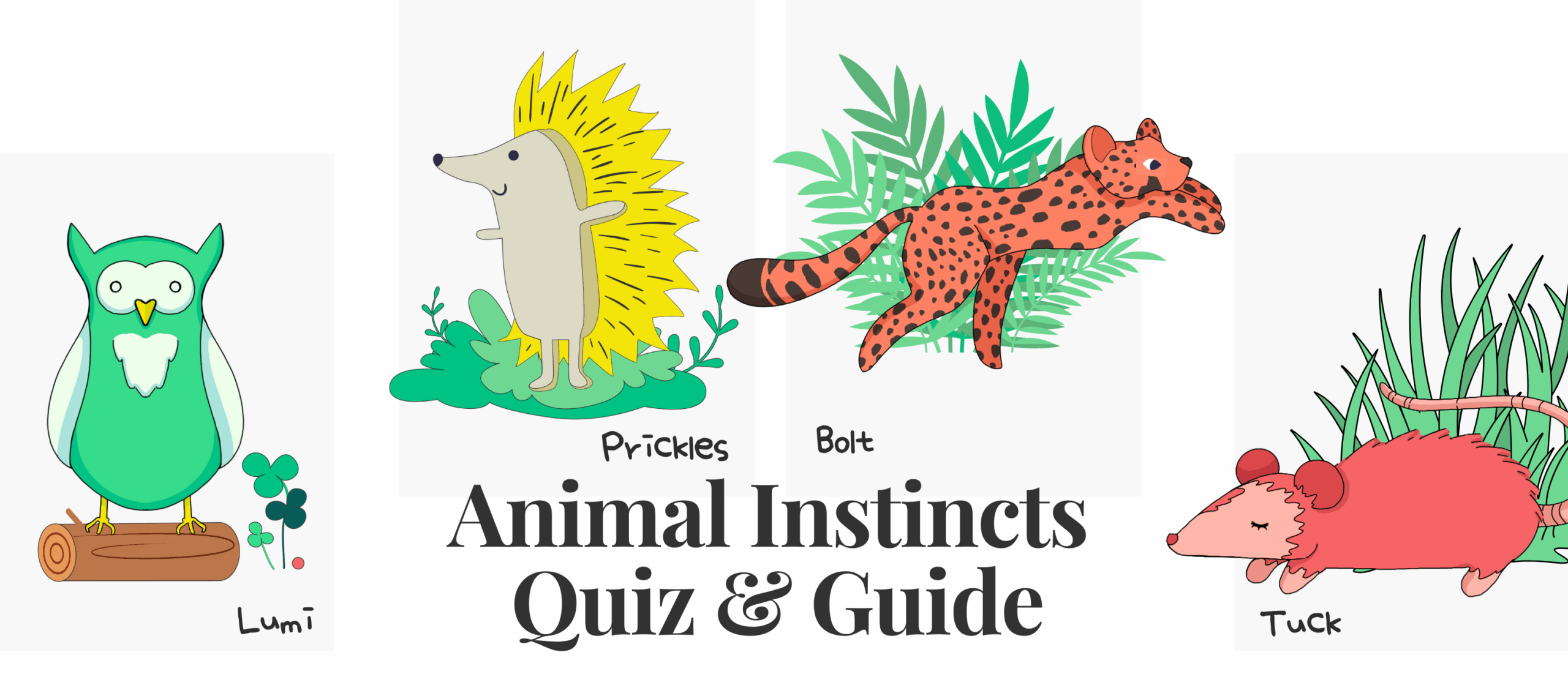Every parent knows that feeling. Your child slams a door, refuses homework, or shouts, “I hate you!” And suddenly your body floods with heat — tight chest, clenched jaw, racing heart. You’re teetering on the edge of yelling, shutting down, or snapping back.
Here’s the truth: your child’s behavior isn’t the enemy. And neither is your reaction. Both are nervous system responses, your child’s and yours. That means what looks like “defiance” or “disrespect” is actually your child’s body signaling distress. And what feels like you “losing it” isn’t weakness either. It’s biology.
So how do we shift? The first step is to pause and anchor. Before reacting, take a deep breath, step back, or put a hand on your chest. This moment interrupts the stress loop so both nervous systems don’t spiral together. Slowing your body and voice signals safety, even if your child’s storm is still raging.
Next comes the reframe. Instead of asking, “Why is my child being so difficult?” try, “What is this behavior signaling?” A slammed door might mean “I feel powerless.” Homework refusal might mean “This is too hard and I feel ashamed.” Talking back could signal “I don’t feel heard.” When you shift from judgment to curiosity, you open the door to connection.
And when things inevitably go off the rails (because they will) remember that repair matters more than perfection. Go back later and say, “I wish I had handled that differently. I got overwhelmed, too. Can we try again?” Repair models honesty, resilience, and reconnection. It teaches your child that relationships can withstand messiness and still return to safety.
Parenting neurodivergent kids isn’t about never snapping or always staying calm. It’s about showing up as human, learning alongside your child, and creating a relationship strong enough to handle the storms. Because when you anchor yourself, reframe behavior, and lean into repair, you’re not just diffusing the moment, you’re building trust, resilience, and emotional safety for a lifetime.











